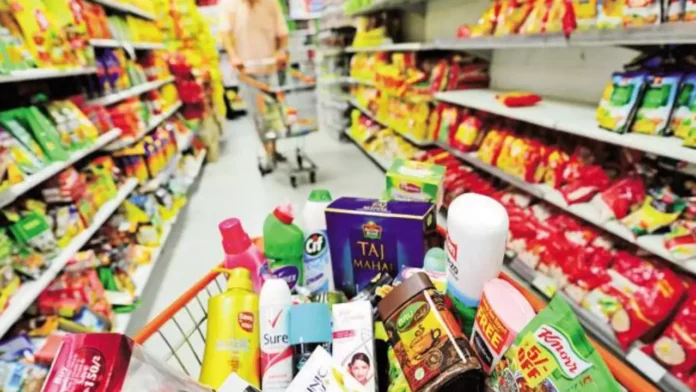About a dozen major consumer goods companies, such as Hindustan Unilever, Marico, Parle, Nestle, and Dabur, are restructuring their distribution strategies as part of a broader plan to boost sales, particularly for slow-moving products. This effort is specifically targeted at revitalizing rural markets, which have been under pressure for more than a year. These companies are either modifying their distributor margin structures by incorporating higher variables linked to sales or offering incentives to kirana stores and general trade.
While the majority of distributors typically receive fixed margins ranging from 3-6%, regardless of sales, additional margins are usually tied to reaching specific sales targets. Following a pilot phase involving a reduction of fixed margins by 60-100 basis points to 3.3% and an increase in variable margins by over 100-150 basis points for almost a year, HUL implemented this revised structure across 110 major cities in October. HUL stated that the objective is to enhance overall service efficiency and provide distributors with greater earning potential.
“We are looking at commercial models to enhance the quality of service to general trade stores while giving our distributors an opportunity to earn healthy returns – a win-win. This distributor-inclusive model is designed to better serve the needs of kirana and other neighbourhood stores – the MSMEs,” said a spokesperson for HUL.
Parle has announced an increase in incentives for the trade and raised profit margins within the snacks category.
“We have slightly increased margins for snacking products and are giving incentives and offers if they meet targets. The idea is to push sales, at a time when we can afford to maintain profit even after increasing margins as inflation tapers off,” said Krishnarao Buddha, senior category head, marketing at Parle Products.
In its investor update, Marico noted that constraints on liquidity and profitability persist in the general trade (GT) channel, posing challenges for the sector.
“Towards the end of the quarter, we initiated significant steps towards improving the return on investment of our general channel partners and structurally re-igniting growth in the channel. This included a primary stock correction for our channel partners,” Marico said.
Distributor Challenges in the Consumer Goods Market:
However, distributors argue that altering the margin structure is challenging in a market with sluggish demand. Some contend that a higher variable margin model is viable only for rapidly selling categories, while for products with low demand, it becomes a loss-making proposition. Additionally, distributors mention that companies are now compensating for logistics costs when targets are achieved instead of making adjustments to the previous model.
Continue Exploring: After a challenging year, consumer goods sector sets sights on robust recovery in 2024


